19 Oct Brewing Insights: The Psychological Side of Tasseography and Tea Leaves
For such a humble and inoffensive beverage, tea has a surprisingly complex history embroiled in mysticism, colonisation, and cultural revolution.
But in addition to being a delicious, historically significant, and health-boosting beverage, tea can be used as a divination tool for understanding more about yourself and the world around you. This practice is called tasseography.
Intrigued?
Grab a cuppa, take a seat and discover the history of tasseography and how this mystical tea leaf reading ritual can help you to gain psychological insights into the mind, heart, relationships, and life.
Understanding Tasseography
Tasseography, sometimes called tasseomancy, is the ancient art of gaining wisdom and insights through the shapes formed at the bottom of loose tea leaves in a cup or some other receptacle.
Like most forms of divination, tasseography is about directed energy. As a person brews and prepares a cup of tea, they may impart some emotional energy into the process. When they see the leaves take form at the bottom of their cup, the symbols may reflect the unspoken feelings or mood of the reader.
Historically and culturally, the art of tea leaf reading has been used as a method of fortune-telling and entertainment.
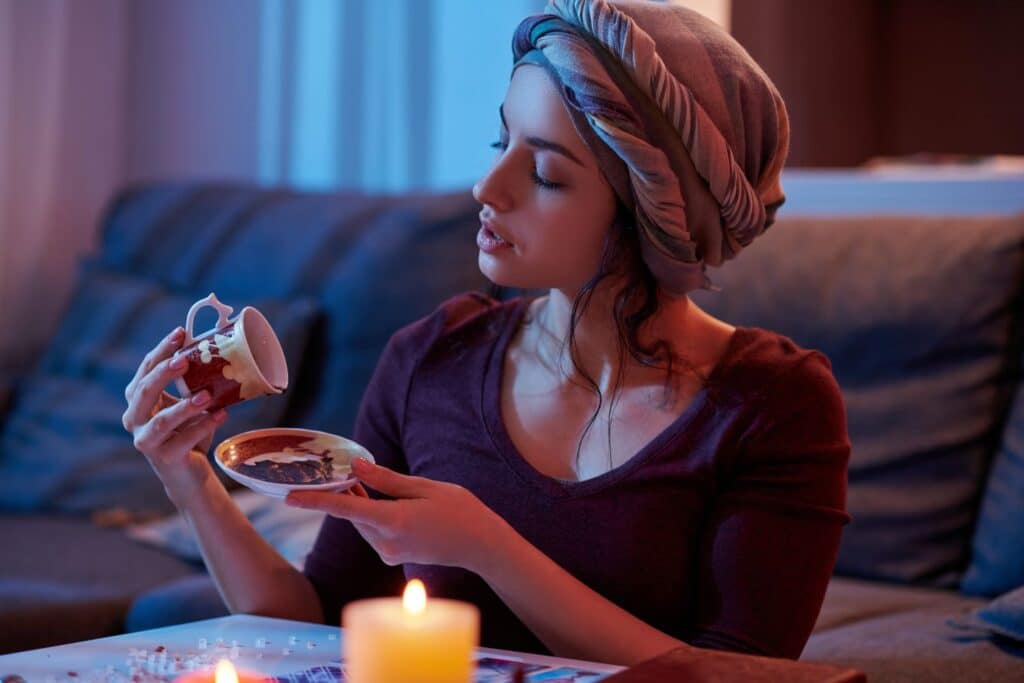
This is the basic premise of tasseography. However, some people like to take it a step further, asking a specific question or seeking a specific type of advice by brewing a special cup of loose tea.
The art of tasseography is a widespread phenomenon, but its roots begin across ancient Greece, Asia, and the Middle East. Only in the 17th century was it introduced to Europe via Dutch and Chinese merchants. In some cultures, coffee grounds may be used instead of tea leaves.
As a rule of thumb we would recommend using finer leaves, such as our Rwandan Black Tea, Rooibos or Yerba Mate as they can create a wider variety of shapes in your cup.
What Is The Connection Between Tasseography And Psychology?
Psychologically, tasseography can be likened to a Rorschach test. The Rorschach inkblot test is one of the most renowned psychological tests in the world. In this test, psychologists show clients symmetrical, abstract-looking inkblot artworks and ask them what the first thing is that they see.
There is no right or wrong answer to a Rorschach test. Even though it’s called a test, the results have much more to do with personal interpretation and what the mind chooses to see than precise explanations. They are much more nuanced than that—just like tea leaf reading.
Tasseography is tied to psychology because of its psychological connection and creative, interpretive nature. But it’s a reflection of your intuition, not an inescapable prediction for your life or your future.
At its core, it’s a beautiful, ancient ritual of self-reflection and the introspection of your own psychology, characterised and brought to life by the simple yet enigmatic tea leaf.
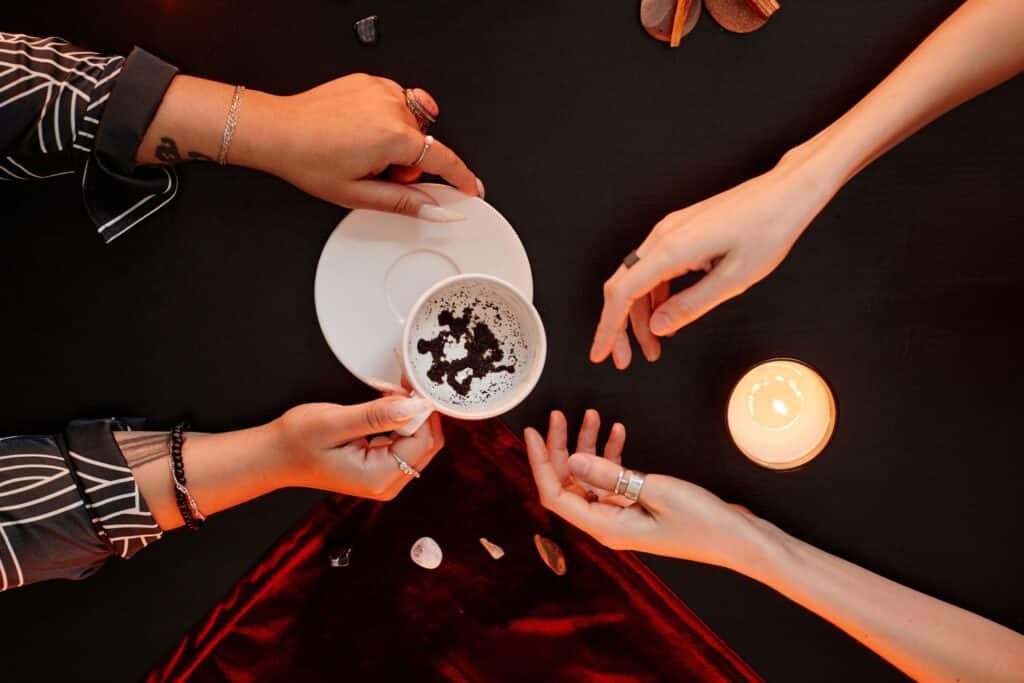
Popular Loose Tea Leaf Symbols And Their Psychological Meanings
Loose leaf tea reading is a fun way to tap into your hidden feelings or psychological states and learn a little bit more about yourself and where your life may be headed.
Different pictures, shapes, and letters can provide us with hints about what’s on our minds or how we are feeling on a deeper emotional level. In some cases, they can even give us clues about what to expect in the future!
Every tea leaf shape means something. Here are some of the most common ones you’ll see:
1. Anchor
If you see the shape of an anchor in your tea leaves, it could mean that you’re thinking about travel or that travel is afoot. It can also relate to success in business. All in all, an anchor is a positive symbol that can indicate fortuitous movement and progress.
2. Bird
Birds in tasseography symbolise a safe and happy journey. The direction your bird (or birds) face can indicate where your journey will take you. But this shape doesn’t necessarily refer to a physical journey; it may be in reference to an internal psychological one.
3. Angel wings
Angel wings are one of the most fortuitous tea leaf symbols you can read at the bottom of a teacup! They signify upcoming good news or a spot of good luck coming your way.
4. Letters
Any of the 26 letters of the alphabet can pop up at the bottom of your teacup, and when they do, it is usually connected to a person you know whose name starts with the letter you see. For example, if you see an “M”, perhaps a Mary or Michael is having a significant effect on your life.
5. Fish
The shape of a fish in your tea leaves can symbolise that an important message is on its way to you, often from a faraway place. In both dreamology and tasseography, fish are representative of important lessons and messages from the divine.
6. Moon
Moon phases can affect everything from your relationship compatibility to your sense of well-being. In tasseography, full, big moons represent romance and seduction of the heart. A crescent moon indicates prosperity and a cloudy moon means danger.
7. Castle
Seeing a castle in your tea leaves can indicate monetary success. It could also mean that you’re encountering property issues or that you are about to make an important investment.
8. Knife
As you can imagine, seeing a knife out of tea leaves tends to be a negative symbol. It usually means disaster or betrayal is afoot. However, it doesn’t necessarily indicate physical disaster, it may also symbolise an emotional strife of some kind.
9. Dragon
If you see the fiery shape of a dragon or beast, don’t be scared! It’s a symbol of big change, which can be both good and bad (or even a bit of both).
An Ancient Ritual Steeped In Mysticism
Of course, you should always take these things with a pinch of salt (or sugar!). But tasseography has certainly withstood the test of time as a method for gaining personal psychological awareness while sipping on a relaxing brew.
The message you receive through tasseography ultimately belongs to you. But by learning more about this ancient practice, you can extract an even deeper, richer sense of meaning from a simple cup of tea.
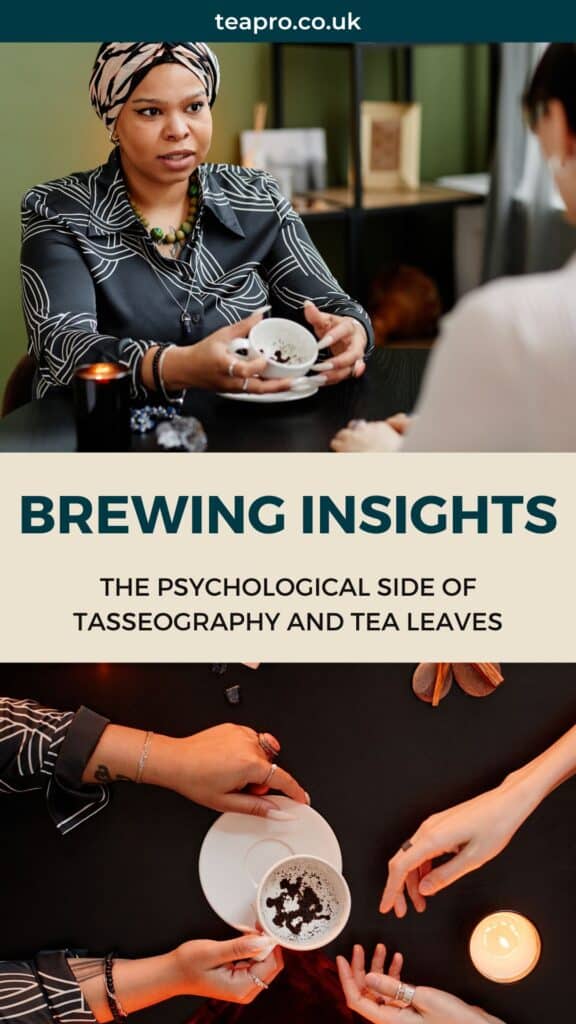

Teapro co-founder. Favourite tea - Long Jing Dragon Well Green Tea. Obsessed with film, photography and travelling.
- July 14, 2024
- October 8, 2023

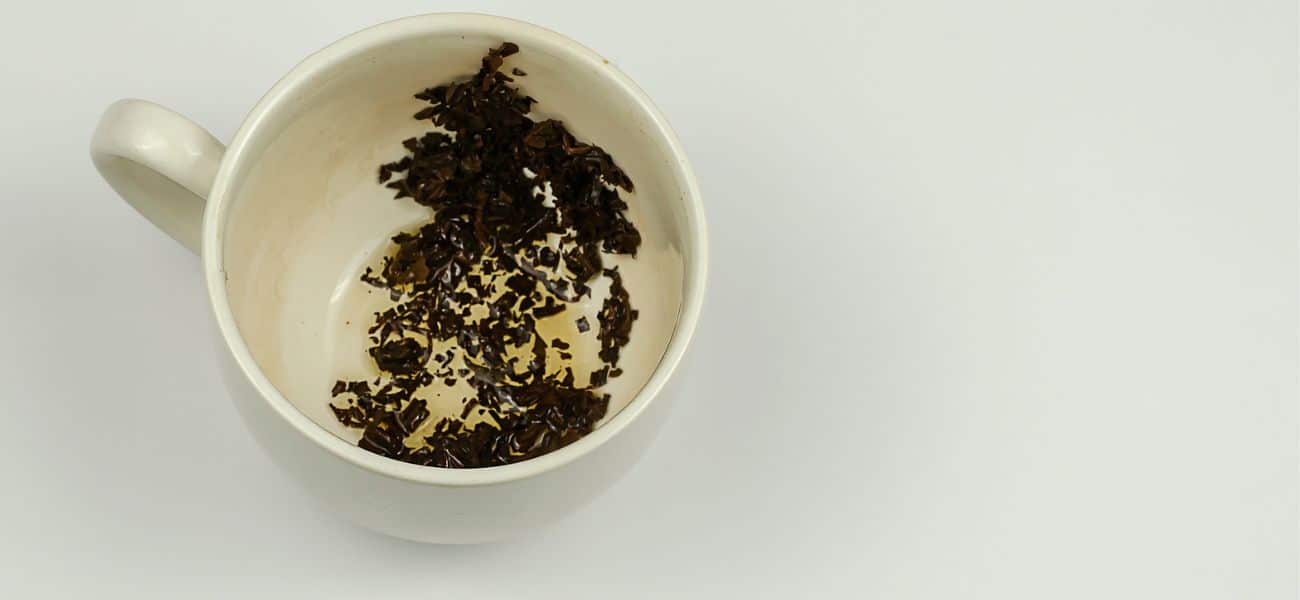
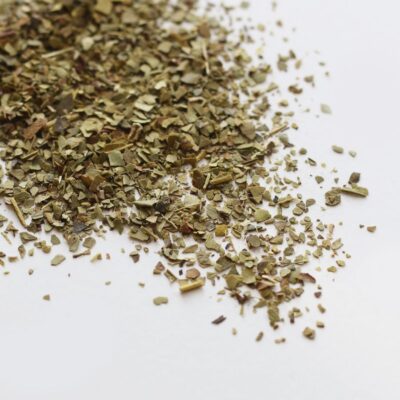
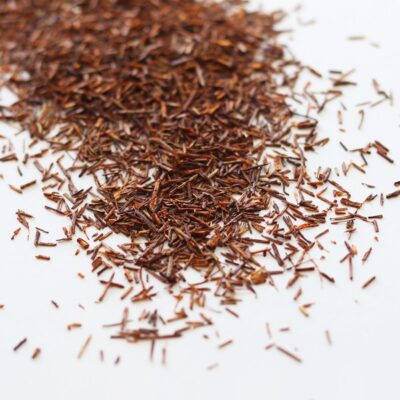
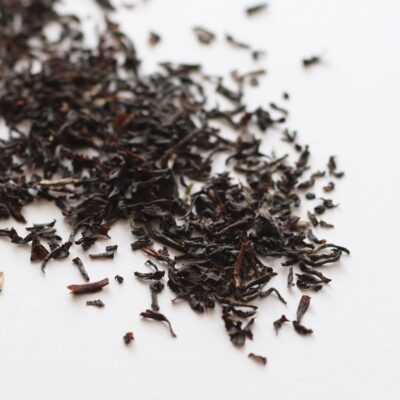



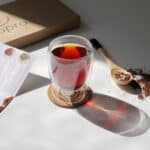
No Comments